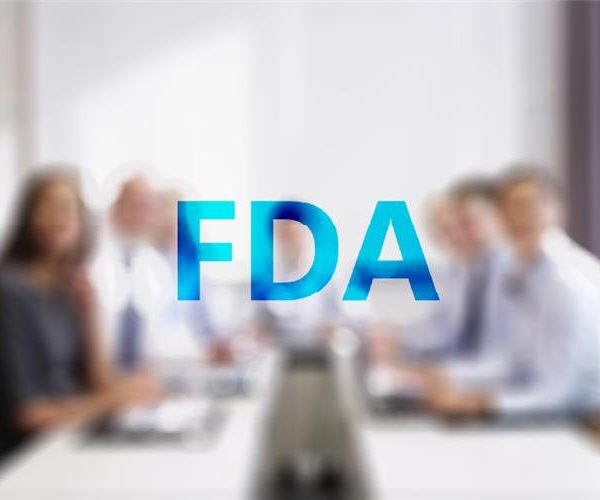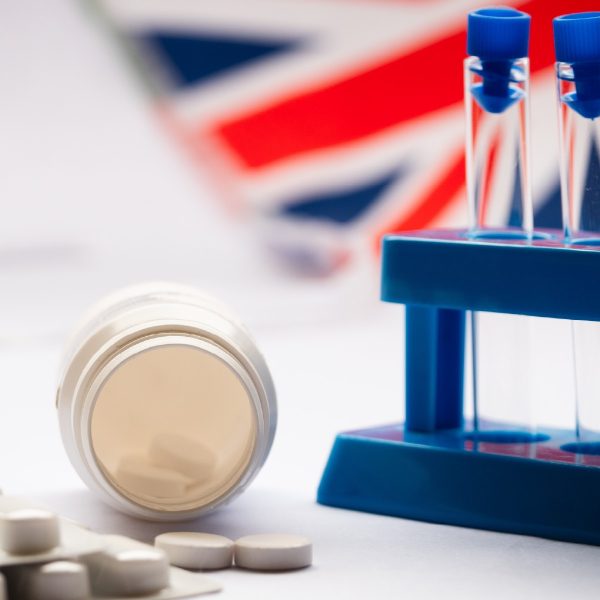Abbey Meyers, Orphan Drug Act, and Orphan Drug Designation

The Orphan Drug Act provides incentives to sponsors to promote the development of drugs for the prevention, diagnoses, and treatment of rare diseases or conditions that affect fewer than 200,000 individuals in the United States, and for which the sponsor is not expected to recover the cost of developing the drug within 7 years post-FDA approval.1
History of the Orphan Drug Act
Prior to the enactment of the Orphan Drug Act, there was no substantive interest in developing treatments for rare diseases and conditions because of the infrequency with which these diseases occurred and no reasonable expectation that the financial cost (research, clinical development, and marketing) to develop such drugs would be recovered.
The son of Abbey Meyers, the primary American consumer advocate who championed the passage of the 1983 Orphan Drug Act, and then housewife from Connecticut, had benefited from a promising treatment (pimozide) for his rare neurological condition, Tourette Syndrome through a clinical study. However, because the drug had proven inefficacious in the originally intended, and more prevalent target disease (schizophrenia), the clinical study stopped. The pharmaceutical company halted the drug’s manufacture, as it was commercially inviable to manufacture a drug for such an exceedingly small market. As such, a treatment for her son’s rare condition was no longer available.2
Because of the lack of available treatment for her son, “Abbey established a coalition of caregivers and support groups.”3 In 1983, through robust efforts, she, in collaboration with then California representative, Henry Waxman, advocated for the establishment of the Orphan Drug Act. This momentum by the United States FDA led to the 1999 passing of the European Medical Agency’s Orphan Drug Law.
Since the 1983 enactment of the Orphan Drug Act, a total of 1122 orphan drugs have been approved.4 According to Peter Saltonstall, former President and CEO of the National Organization for Rare Disorders (NORD), “More than 9 out of 10 orphan drugs on the market today would never have been developed without the Orphan Drug Act.”5
Sponsors frequently ask whether the Orphan Drug Act facilitates easier drug approvals; however, the Act alters only the economics for rare disease drug development. The required standards for efficacy remaining the same.
Benefits of the Orphan Drug Act
Many sponsors who hold orphan drug designations experience increased recognition and interest from investors. Specific benefits of designation include the following:
- Tax credits (25%) for qualified clinical trial expenditures
- Waiver of the Prescription Drug User Fee (PDUFA)
- Market exclusivity (7 years) for an approved orphan drug for a given indication
- Pediatric Research Equity Act (PREA)exemption
“The Orphan Products Grants Program also awards grants to clinical investigators to support the development of safe and effective medical products for patients with rare diseases.”6
Timing to Submit Request for Orphan Drug Designation
Once the criteria for prevalence and scientific rationale are met, then sponsors may submit their request for orphan drug designation. Provided that sound scientific rationale (efficacy data in valid animal models of the disease or clinical data in patients with the disease) and the prevalence estimate of the disease or condition is less than 200,000, then sponsors may request designation any stage during drug development before the submission of the marketing application. Sponsors are, however, encouraged to request designation as early as possible during preclinical development to ensure the incentives and benefits of the Orphan Drug Act are capitalized—especially tax credits for qualified clinical trial expenditures.
Key Components of Orphan Drug Designation Requests
The request for orphan drug designation must contain a description of the following elements:7
- Rare disease or condition for which the designation is being requested (ie, definition, etiology, clinical presentation, signs and symptoms, diagnostic methodologies, and current therapies)
- Limitations in current therapies
- Drug (ie, active moiety or principal molecular structure, and mechanism of action)
- Scientific rationale
- Subsets of nonrare diseases and/or clinical superiority to previously approved same drugs
- Prevalence estimate
OOPD Designation Review Process
Per the FDA’s Orphan Drug Modernization Plan, the OOPD will provide responses to designation requests within 90 days of submission.[8] Sponsors may obtain 1 of 3 responses to their request: 1) designation letter; 2) deficiency letter; 3) denial letter.
All designations are posted on the Orphan Drug Designations and Approvals public website. If a deficiency letter is received, sponsors have 1 year within which to address and submit responses to concerns cited by the OOPD. Sponsors who have been granted a designation also have the option to withdraw.
Post-Designation Activities
The law requires that orphan drug designation holders submit annual reports within 14 months post designation and every 12 months thereafter. Annual reports are brief progress reports summarizing updated information in the following areas:
- Regulatory
- Completed, ongoing, and planned studies
- Drug development plans for the upcoming year
- Changes affecting the status of the orphan drug
Sponsors are required to submit annual reports to the OOPD until approval of the marketing authorization for the product indication for which designation was granted, or until withdrawal of the designation.
The OOPD must also be notified within 30 days of the marketing application submission to the FDA Review Division for the product indication for which designation was granted. Eligibility for the 7 year eligibility benefit will be determined once the sponsor notifies the OOPD that marketing authorization is granted.
For any questions, please reach out and we will connect you with the appropriate expert.
References
- FDA Orphan Drug Designation Applications Whitepaper
- 04a-Abbey-Meyers-Speech.pdf (ngocommitteerarediseases.org)
- Recognizing Abbey Meyers, NORD Founder and Mother of a Movement – National Organization for Rare Disorders
- A comprehensive study of the rare diseases and conditions targeted by orphan drug designations and approvals over the forty years of the Orphan Drug Act – PMC (nih.gov)
- New Study Investigates the Number of Available Orphan Products, Generics and Biosimilars – National Organization for Rare Disorders (rarediseases.org)
- Orphan Products Grants Program
- Recommended Tips for Creating an Orphan Drug Designation Application
- Orphan Drug Modernization Plan
- 21CFR316
Authored by: Christine Clarke, PhD, Principal Regulatory Scientist











